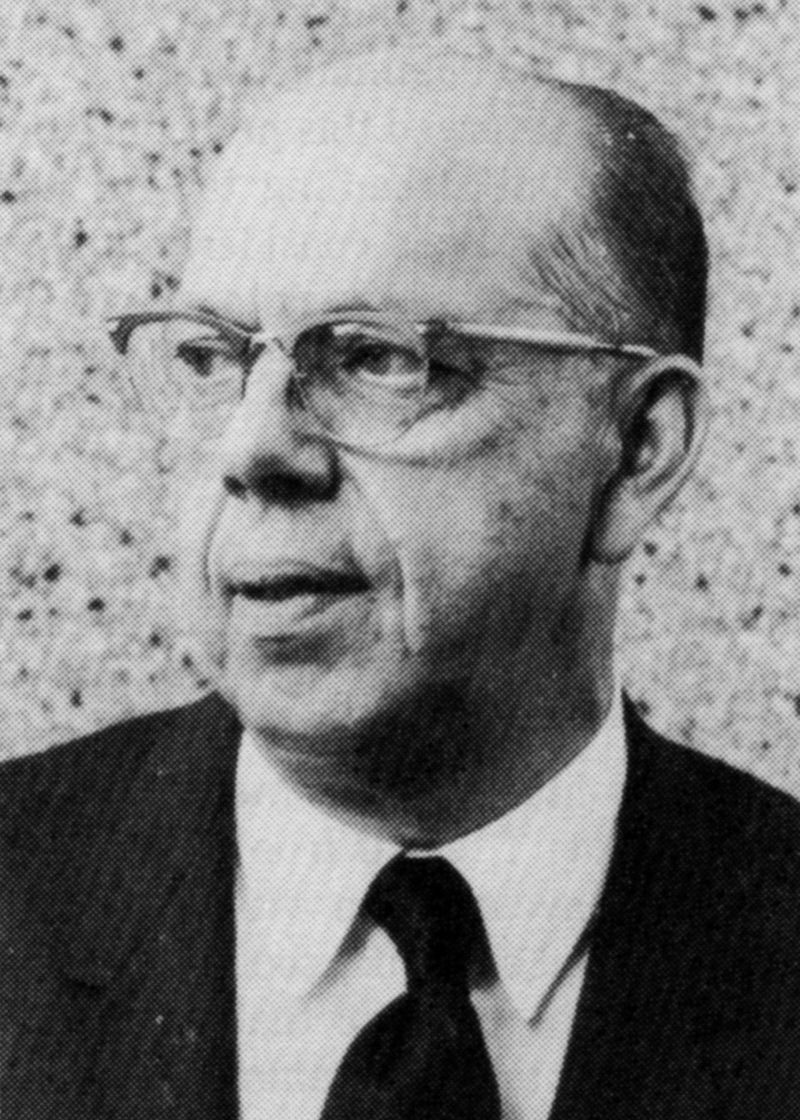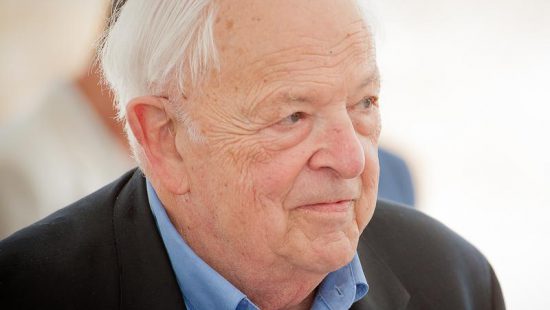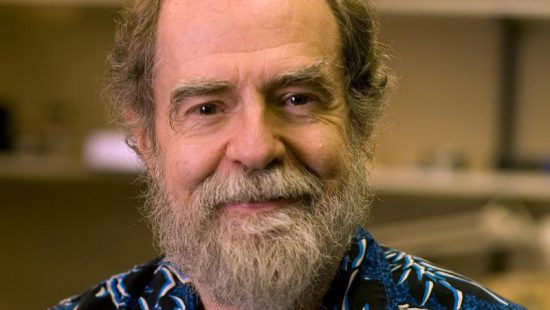Early in his career as a physical chemist, Philip H. Abelson began investigating a material that emitted electrons and was produced by irradiating uranium with neutrons. This material not only resulted in a new element on the periodic table—neptunium—but it also proved essential to the development of the atomic bomb.
Born in Tacoma, Washington, Abelson earned his Ph.D. in nuclear physics from the University of California at Berkeley before working as an assistant physicist in the department of terrestrial magnetism of the Carnegie Institution of Washington, D.C. There, he began his most notable work and joined forces with U.S. physicist Edwin Mattison McMillan, with whom he discovered the element.
During World War II, Abelson applied his discoveries while working with the Naval Research Laboratory in the same city. At the end of the war, his report on the feasibility of building a nuclear-powered submarine begat the U.S. program in that field.
In 1946, Abelson returned to the Carnegie Institution and pioneered the utilization of radioactive isotopes, founded amino acids in fossils and discovered fatty acids in billion-year-old rocks. He served as the director of the Geophysics Laboratory there and later took the helm as the president and trustee.
Meanwhile, he was also editor of Science, the weekly publication of the American Association for the Advancement of Science.
By Sydni Dunn







